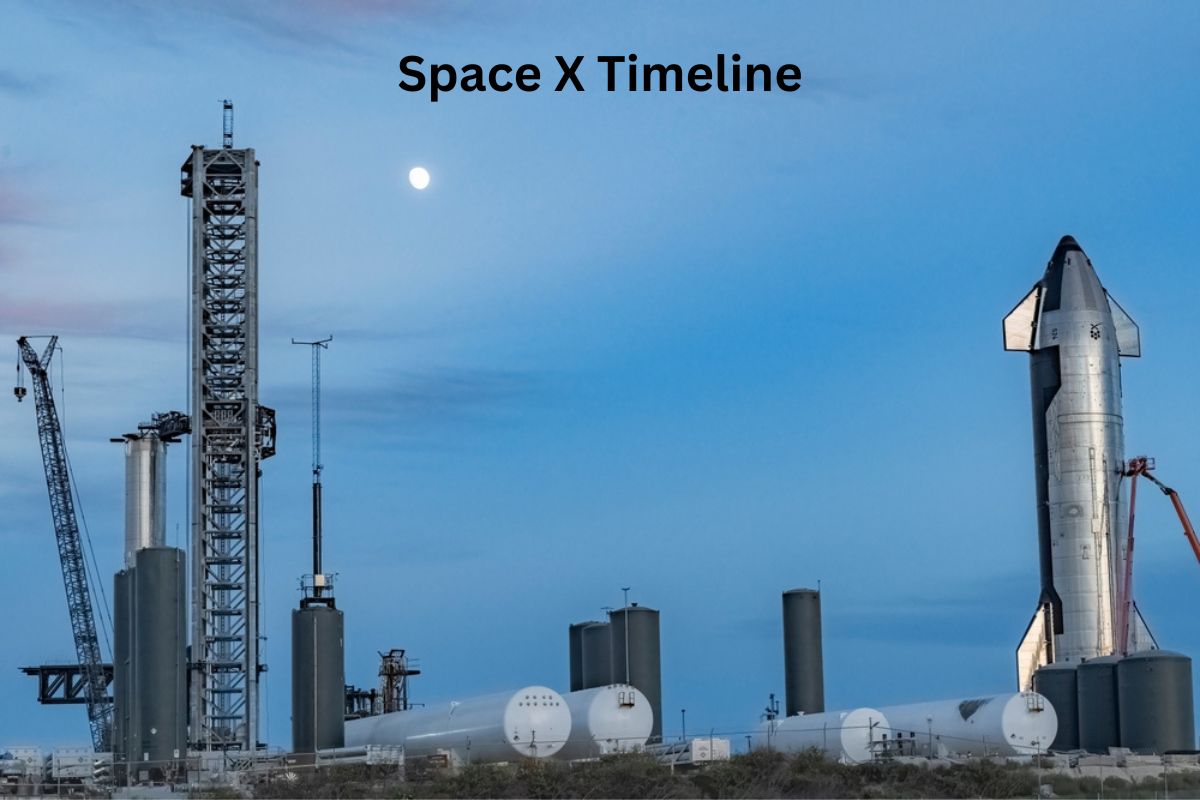SpaceX, officially known as Space Exploration Technologies Corp., is a pioneering private aerospace manufacturer and space transportation company founded by entrepreneur Elon Musk in 2002.
Known for its ambitious goals, SpaceX has played a transformative role in the space industry by developing innovative technologies, achieving groundbreaking milestones in rocket reusability, and partnering with NASA for crewed missions to the International Space Station (ISS).
The company’s mission extends beyond Earth’s orbit, with plans to enable human colonization of Mars and revolutionize global internet connectivity through its Starlink satellite constellation.
SpaceX continues to push the boundaries of space exploration and commercial spaceflight, shaping the future of space travel and technology.
| Year | Event |
|---|---|
| 2002 | SpaceX is founded by Elon Musk. |
| 2006 | First launch of Falcon 1, though it fails to reach orbit. |
| 2008 | Falcon 1 becomes the first privately developed rocket to reach orbit. |
| 2010 | Successful launch and recovery of the Dragon spacecraft. |
| 2012 | Dragon delivers cargo to the ISS, the first privately-funded spacecraft to do so. |
| 2015 | First successful landing of Falcon 9’s first stage on solid ground. |
| 2017 | Maiden flight of Falcon Heavy, launching a Tesla Roadster into orbit. |
| 2020 | Crew Dragon Demo-2 mission carries NASA astronauts to the ISS. |
| 2021 | Inspiration4 mission, the first all-civilian orbital spaceflight. |
| 2021 | Launch and completion of the first operational crewed mission, Crew-1, to the ISS. |
| 2021 | Launch of Crew-2 mission to the ISS. |
| 2021 | Deployment of the Starlink satellite constellation begins. |
Timeline of SpaceX
2002: SpaceX is founded by Elon Musk
In 2002, entrepreneur Elon Musk founded SpaceX, officially known as Space Exploration Technologies Corp.
The company was established with the ambitious goal of reducing the cost of space travel and making it possible for humans to eventually become a multi-planetary species. Musk’s vision for SpaceX was to revolutionize space exploration through innovation and reusable rocket technology.
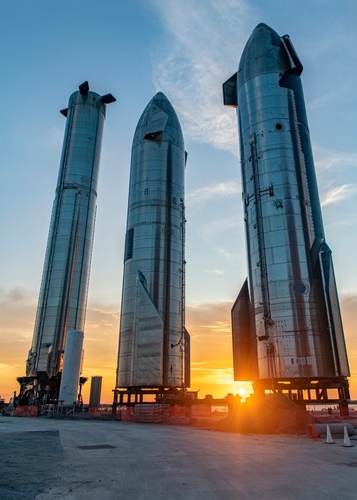
2006: First launch of Falcon 1, though it fails to reach orbit
In 2006, SpaceX conducted the maiden flight of its Falcon 1 rocket. While this launch marked a significant milestone for the company, it did not achieve the intended goal of reaching orbit.
Also Read: Facts About Spacex
The inaugural flight experienced difficulties, resulting in a failure to achieve orbital insertion. Despite this setback, the launch provided valuable data and insights that would contribute to the development and improvement of SpaceX’s rocket technology.
2008: Falcon 1 becomes the first privately developed rocket to reach orbit
In a historic achievement, SpaceX’s Falcon 1 rocket successfully reached orbit on its fourth flight attempt in 2008. This marked a major breakthrough in commercial spaceflight, as Falcon 1 became the first privately developed liquid-fueled rocket to achieve orbit.
The successful launch of Falcon 1 solidified SpaceX’s position as a pioneering force in the aerospace industry and demonstrated the feasibility of private companies contributing to space exploration.
2010: Successful launch and recovery of the Dragon spacecraft
In 2010, SpaceX achieved another significant milestone with the successful launch and recovery of the Dragon spacecraft. The Dragon was an unmanned cargo spacecraft designed to transport supplies and experiments to the International Space Station (ISS).
Also Read: Elon Musk Facts
This mission, known as COTS Demo Flight 1, marked the first time a privately-built spacecraft was recovered from orbit. While it did not dock with the ISS on this mission, it demonstrated SpaceX’s capability to deliver cargo to space and safely return it to Earth.
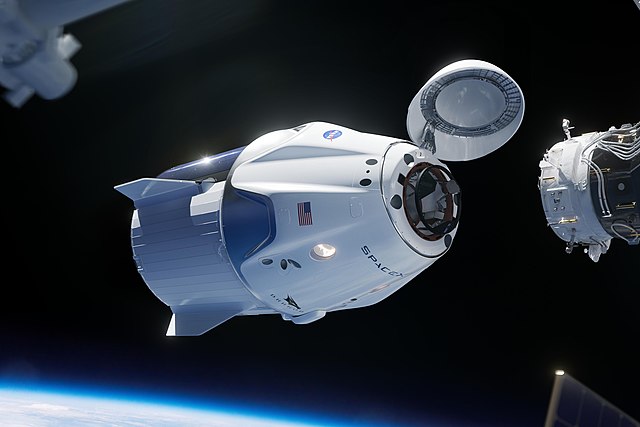
2012: Dragon delivers cargo to the ISS, the first privately-funded spacecraft to do so
In 2012, SpaceX made history by becoming the first privately-funded company to deliver cargo to the International Space Station (ISS).
The Dragon spacecraft, now part of NASA’s Commercial Resupply Services (CRS) program, successfully berthed with the ISS, delivering supplies, experiments, and equipment to the astronauts on board.
This achievement marked a major milestone in commercial spaceflight, as it demonstrated the viability of private companies in supporting the space station and reducing the cost of accessing space.
2015: First successful landing of Falcon 9’s first stage on solid ground
In 2015, SpaceX achieved a groundbreaking milestone in rocket reusability by successfully landing the first stage of its Falcon 9 rocket on solid ground. Prior to this, rocket stages were typically discarded after a single use, making space travel costly and inefficient.
SpaceX’s ability to recover and reuse rocket stages marked a significant advancement in reducing the cost of access to space. The historic landing took place at Cape Canaveral, Florida, and it was a pivotal moment in SpaceX’s efforts to develop reusable launch vehicles.
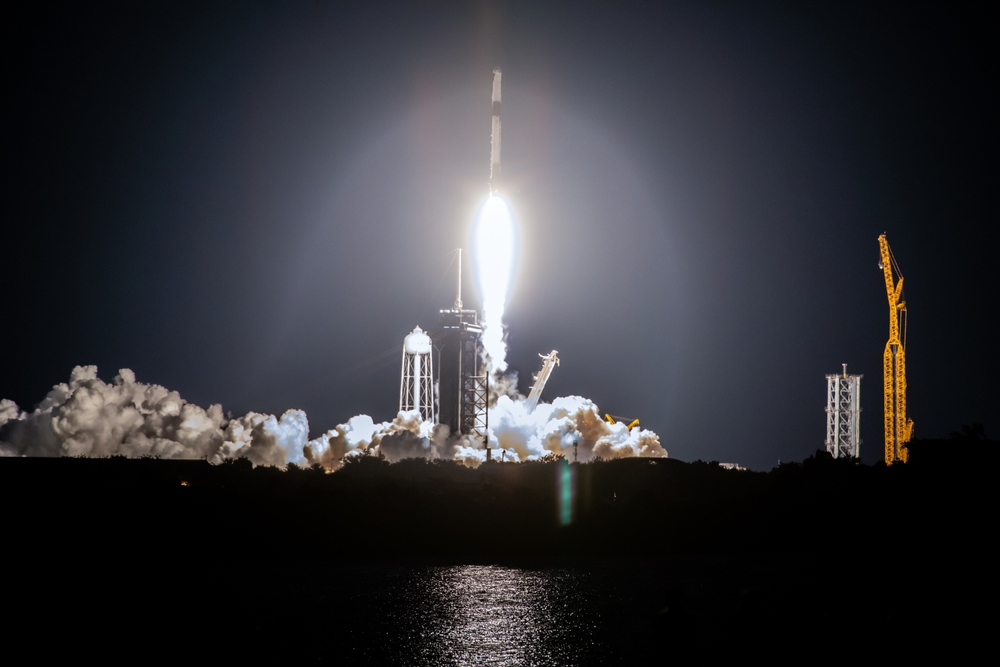
2017: Maiden flight of Falcon Heavy, launching a Tesla Roadster into orbit
In 2017, SpaceX achieved a significant milestone with the maiden flight of the Falcon Heavy, a heavy-lift rocket that became the most powerful operational rocket in the world. The inaugural launch was a historic event, as it demonstrated the capability to carry large payloads into space.
For its maiden flight, the Falcon Heavy carried a payload that captured the world’s attention: Elon Musk’s personal Tesla Roadster. The car was equipped with cameras, and its journey into space was livestreamed, making it a memorable moment in space exploration history.
2020: Crew Dragon Demo-2 mission carries NASA astronauts to the ISS
In 2020, SpaceX’s Crew Dragon spacecraft successfully completed the Demo-2 mission, which marked a significant milestone in the development of commercial crewed spaceflight.
NASA astronauts Douglas Hurley and Robert Behnken were onboard the Crew Dragon as it lifted off from Kennedy Space Center in Florida and autonomously docked with the International Space Station (ISS).
This mission was the first crewed launch from U.S. soil since the Space Shuttle program ended in 2011, demonstrating SpaceX’s capability to transport astronauts to and from the ISS as part of NASA’s Commercial Crew Program.
2021: Inspiration4 mission, the first all-civilian orbital spaceflight
In 2021, SpaceX conducted the Inspiration4 mission, which made history as the first all-civilian orbital spaceflight.
The mission was organized by entrepreneur Jared Isaacman, who piloted the Crew Dragon spacecraft along with three other civilians: Hayley Arceneaux, Chris Sembroski, and Dr. Sian Proctor.
The mission raised funds for St. Jude Children’s Research Hospital and aimed to inspire a new era of space exploration accessible to non-professional astronauts.
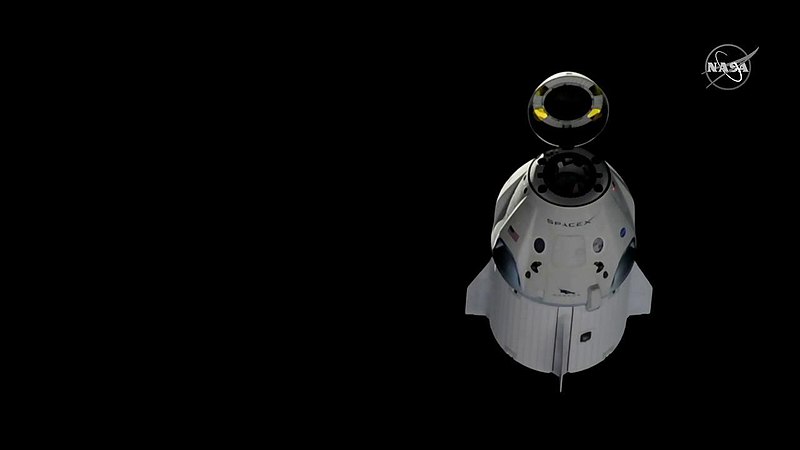
2021: Launch and completion of the first operational crewed mission, Crew-1, to the ISS
In 2021, SpaceX’s Crew Dragon spacecraft successfully launched and completed its first operational crewed mission to the International Space Station, known as Crew-1.
The mission carried a crew of four astronauts, including NASA astronauts Michael Hopkins, Victor Glover, Shannon Walker, and Japanese astronaut Soichi Noguchi.
It marked another significant step in NASA’s partnership with SpaceX, as Crew-1 was the first in a series of operational missions to the ISS as part of NASA’s Commercial Crew Program.
2021: Launch of Crew-2 mission to the ISS
In 2021, SpaceX launched the Crew-2 mission, continuing its collaboration with NASA’s Commercial Crew Program. This mission marked another significant achievement in commercial crewed spaceflight.
The Crew-2 mission carried four astronauts to the International Space Station (ISS): NASA astronauts Shane Kimbrough and Megan McArthur, ESA (European Space Agency) astronaut Thomas Pesquet, and JAXA (Japan Aerospace Exploration Agency) astronaut Akihiko Hoshide.
The successful launch and docking demonstrated SpaceX’s reliability in transporting astronauts to the ISS for extended missions.
2021: Deployment of the Starlink satellite constellation begins
In 2021, SpaceX began the deployment of its Starlink satellite constellation, one of the most ambitious projects in the company’s history.
Starlink aims to provide global high-speed internet coverage, especially in underserved and remote areas. The constellation consists of thousands of small satellites in low Earth orbit (LEO), forming a network that can deliver internet services to users on the ground.
